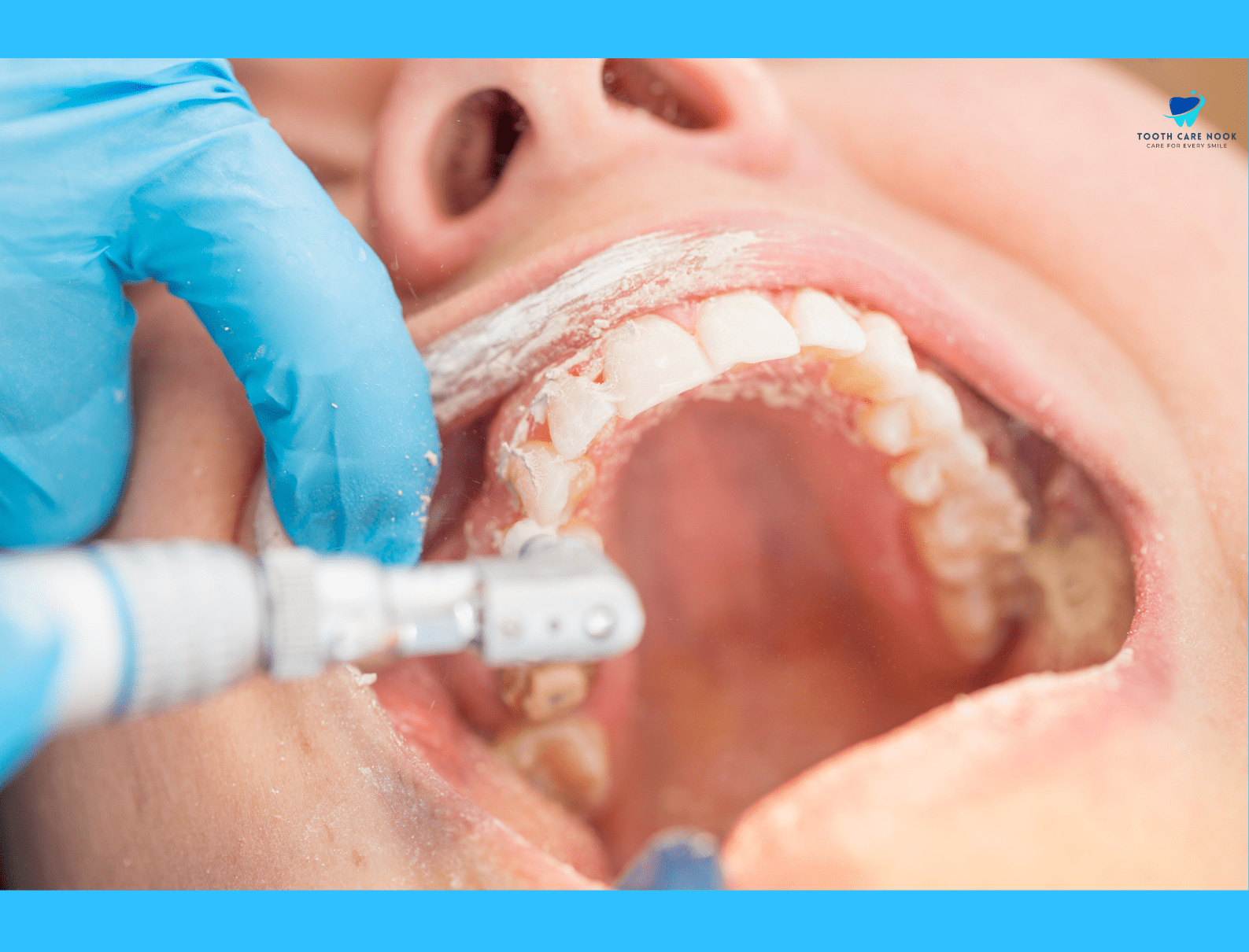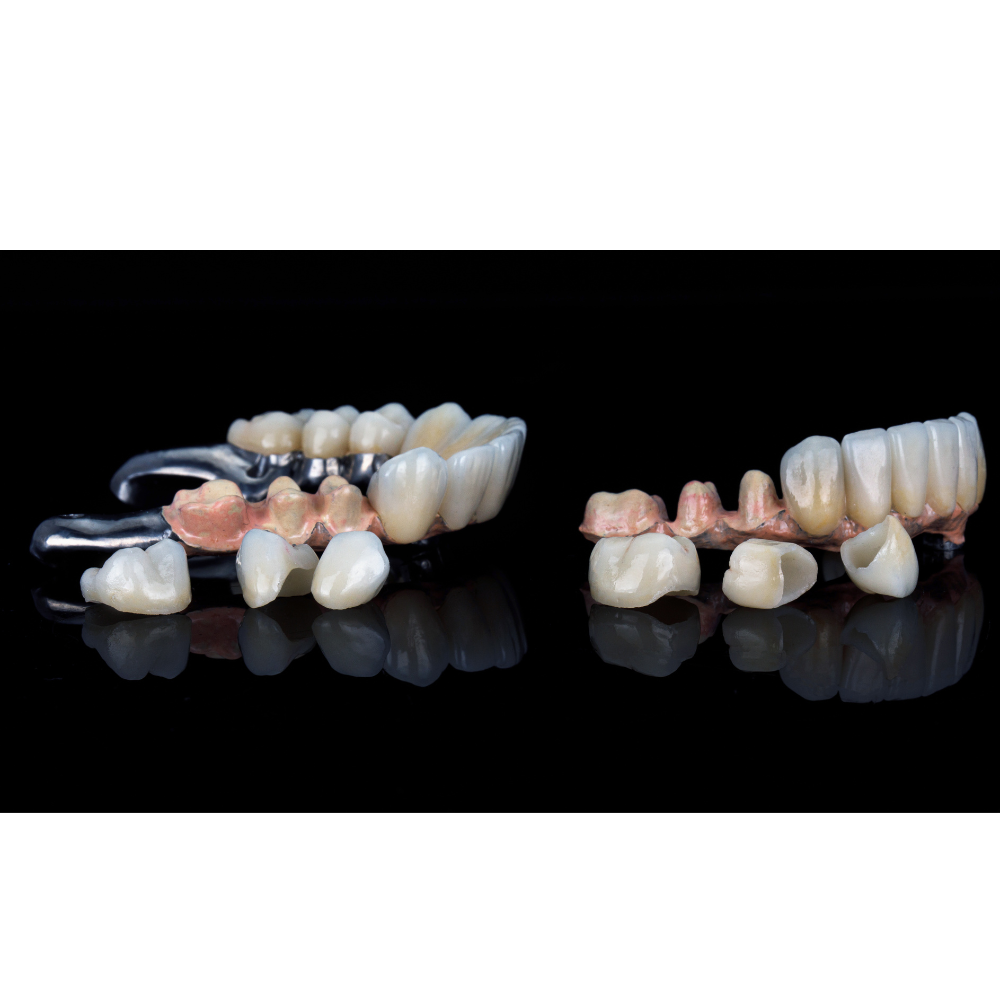How Back Teeth Replacement is Done | Procedure, Benefits, Risks, And All
Replacing teeth is a very important aspect of dental care that can significantly impact a person’s oral health and overall well-being. Whether due to decay, injury, or other dental issues, losing a back tooth can affect chewing, speech, and even the alignment of remaining teeth.
Learning the process of replacing the back teeth can help individuals make decisions about their dental health. This article will explore the procedures, benefits, and risks associated with replacing the back teeth. To begin with, let’s know if you can get your back teeth replacement.
Can You Do a Back Teeth Replacement?
Yes, you can replace the back teeth. It is a common procedure in modern dentistry that restores your chewing function, prevents further dental issues, and enhances your overall oral health.
Procedure for Back Teeth Replacement
Treatment Planning:
Firstly a treatment plan is created. This plan outlines the best method for replacing your back teeth. This considers factors like bone density and overall dental health. Any damaged teeth or remaining tooth fragments are extracted if necessary. The area is then prepared for the back teeth replacement procedure.
Implant Placement:
For placing implants for back teeth, a metal post is surgically inserted into the jawbone. This post acts as a root for the new tooth. Healing time varies it takes some months for the implant to integrate with the bone.
Abutment Placement:
Once the implant has been integrated, an abutment is placed on top of the implant post. This acts as a connector between the implant and the new tooth.
Crown Placement:
A custom-made crown is designed to match your natural teeth. This is attached to the abutment which completes the implant process.
Bridge or Denture Fitting :
If a bridge or denture is used, the dentist will take impressions of your back teeth to create a precise fit. The bridge or denture is then custom-made and fitted into your mouth.

Alternative Options for Missing Molars
If for some reason, you’re not up for back teeth replacements, here are some alternative options for missing molars to consider.
- Dental Bridges
- Implant-supported bridge
- Partial Dentures
- Complete Dentures
- Resin-Bonded Bridges
Benefits vs Risks of Molar Replacement
| Benefits | Risks |
| Posterior implants for back teeth restore chewing function | Possible infection |
| Prevents shifting of adjacent teeth | Potential for implant failure |
| Molar replacement helps to maintain facial structure | The back teeth replacement has temporary discomfort and swelling |
| Enhances overall oral health | Risk of nerve damage with implants |
| Improves speech clarity | Possible allergic reactions to materials |
| Boosts confidence and smile aesthetics | A higher cost compared to other dental treatments |
FAQs
Are Dental Implants Necessary for Molars?
Dental implants are not strictly necessary for replacing molars, but they are a highly effective option. Posterior implants provide a permanent solution that mimics natural teeth in function and appearance. They help prevent bone loss and maintain the alignment of adjacent teeth.
Is it Worth to Get Back to Molar Implant?
Yes, getting a back molar implant is worth it. Molar dental implant procedure provides you with a durable and long-lasting solution. While the initial cost is higher than other options, the long-term benefits and durability of implants make them a valuable investment for many patients.
Can I Live Without a Back Molar?
Yes, you can live without a back molar, but it may affect your dental health and overall well-being. Losing a back molar can lead to difficulties in chewing. So eating without molars may affect your ability to eat certain foods comfortably.
Can I Still Eat With No Back Teeth?
Yes, you can still eat with no back teeth, but it may be more challenging. Losing back teeth can make it difficult to chew certain foods properly like those that require significant grinding or biting force. You may need to adjust your diet to include softer or easier-to-chew foods.
What is the Posterior Implant Position?
The posterior implant position refers to the placement of dental implants towards the back of the mouth in the premolar or molar regions. These implants are strategically positioned to support replacement teeth in areas where natural teeth are missing or have been extracted.



